An Introduction To Delhi Sultanate Art and Architecture:
Buy Prime Test Series for all Banking, SSC, Insurance & other exams
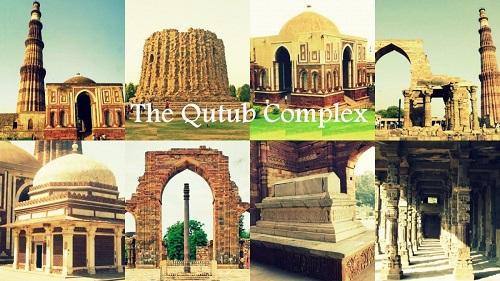
In this article, we will explore the various art and architecture styles that were popular during Delhi Sultanate. The Delhi Sultanate period is one of the most significant and interesting periods in the history of Indian architecture. This period saw a huge transformation in the architectural landscape of India, with many new monuments and buildings being constructed.
In this blog post, we will take a detailed look at some of the most important architectural landmarks from the Delhi Sultanate era.
The Delhi Sultanate includes the following dynasties:
- Slave Dynasty
- Khilji Dynasty
- Tughlaq Dynasty
- Sayyid Dynasty
- Lodi Dynasty
A Brief About Delhi Sultanate Era:

The Delhi Sultanate was a Muslim dynasty that ruled over the Indian subcontinent for almost three centuries. The period saw a great deal of architectural development, with many new buildings and landmarks being constructed during this time. The Delhi Sultanate was founded in 1206 by the Turkic general Qutb ud-Din Aibak, who became the first sultan of Delhi. The dynasty reached its zenith under the third sultan, Ala ud-Din Khalji (ruled 1296–1316), and declined after his death. It was eventually overthrown by the Mughal Empire in 1526. During the three centuries of its existence, the Delhi Sultanate witnessed a great deal of architectural activity.
The architecture of the Delhi Sultanate was heavily influenced by Islamic styles from Persia and Central Asia. However, there was also a significant Indian element to many of the buildings constructed during this period. This can be seen in the use of local materials, such as sandstone and marble, as well as in the incorporation of Hindu architectural features into Muslim buildings. The Delhi Sultanate was a time of great architectural achievement, with many new landmarks being built that have come to define India’s Islamic heritage.
Features of The Delhi Sultanate Architecture:
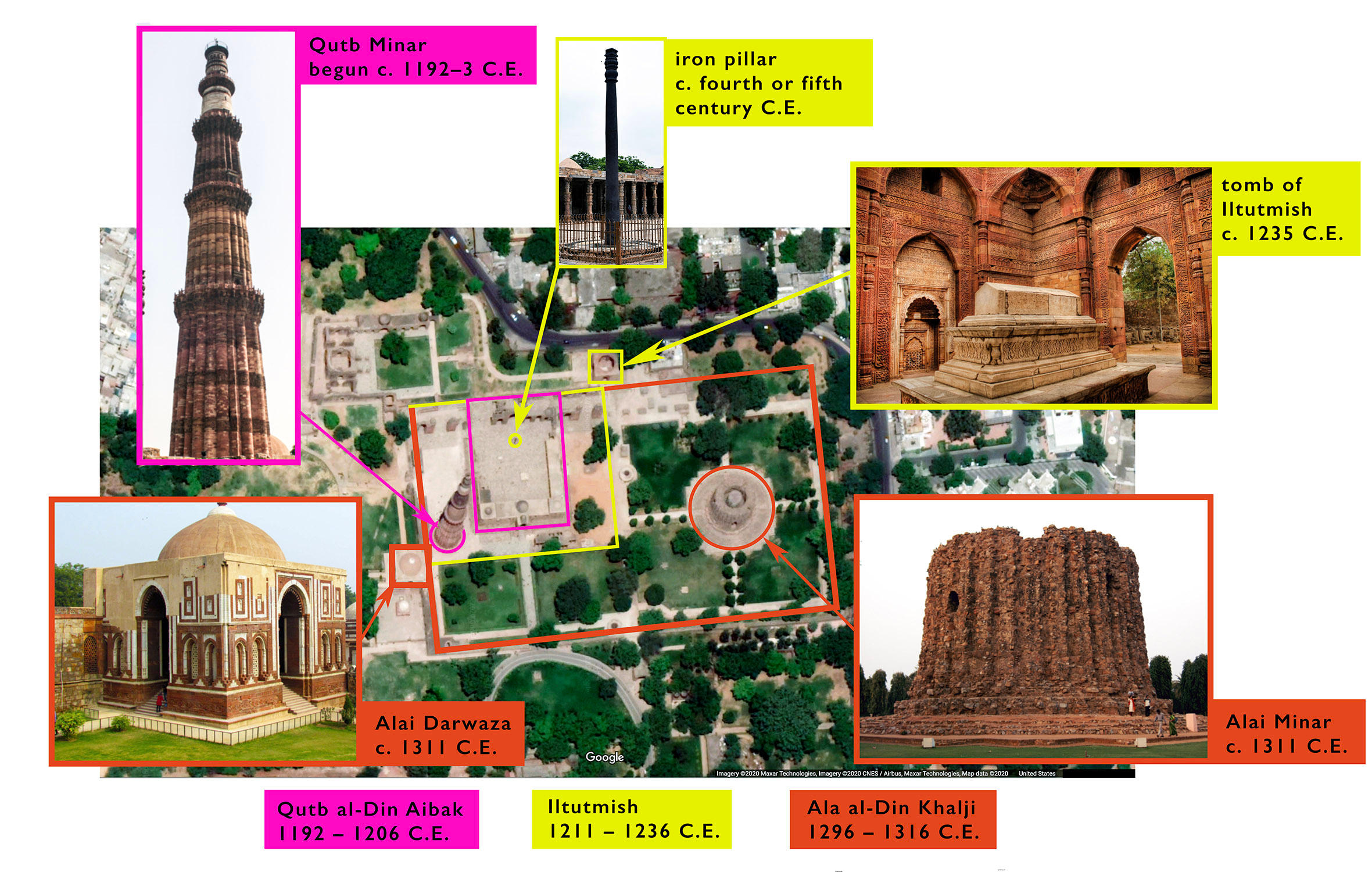
- Use of local materials such as sandstone and marble
- Incorporation of Hindu architectural features into Muslim buildings
- Construction of new cities, such as Jahanpanah and Firozabad
- Development of a unique Islamic style that blended elements from Persia and Central Asia with Indian influences.
- Arch and Dome’s construction was popular
- Pillars, Jalis, and Chhatris were used for decoration
- Minarets were used to call people to prayer
- Slab and Beam construction was used for roofs
Important Arts and Architectures of Delhi Sultanate:
During the Delhi Sultanate period, a unique Islamic style of art and architecture developed that blended elements from Persia and Central Asia with Indian influences. This new style can be seen in the many mosques, madrasas, and tombs that were built during this period.
Some of the most notable architectural achievements of the Delhi Sultanate era include:
Quwwat-ul-Islam Mosque:
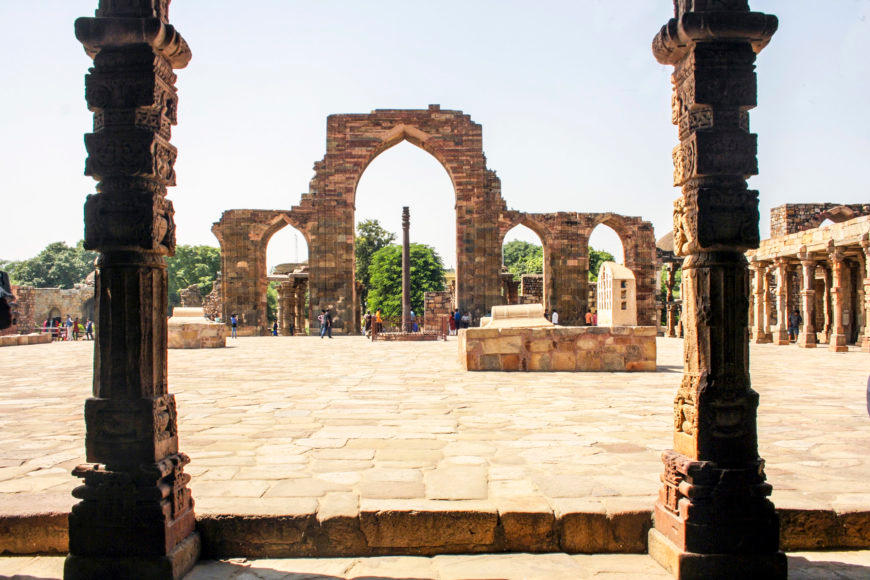
One of the most impressive buildings erected during the Delhi Sultanate period is the Quwwat-ul-Islam Mosque. Built in 1190 CE, it is one of the earliest mosques in India, and its construction was overseen by Qutbuddin Aibak, the first Sultan of Delhi. The mosque is noted for its use of red sandstone and marble, as well as its intricate calligraphic inscriptions.
Hauz Khas Complex:
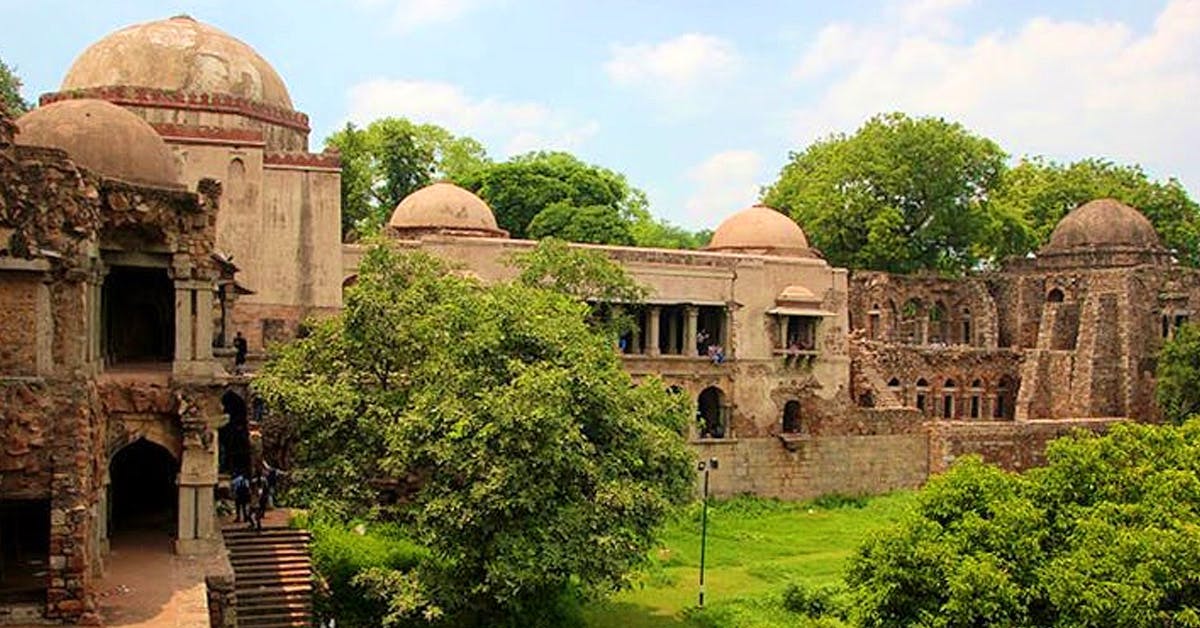
Another landmark of the Delhi Sultanate period is the Hauz Khas Complex. This vast complex was built in the early 14th century CE by Ala-ud-Din Khalji, and it includes a mosque, madrasa, tomb, and reservoir. The complex is notable for its use of Islamic architectural styles from different regions, such as Persia and Central Asia.
Tomb of Iltutmish:
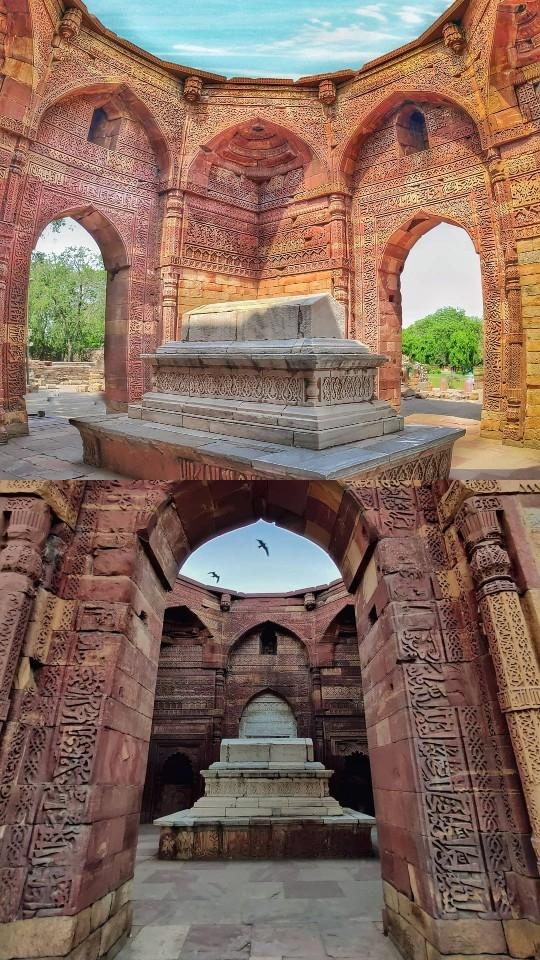
The Tomb of Iltutmish is another significant monument from the Delhi Sultanate era. Built in 1235 CE, it is the earliest surviving Muslim tomb in India. The tomb was commissioned by Iltutmish’s daughter Razia Sultan, and its architecture reflects a blend of Indian and Persian styles.
Qutub Minar:
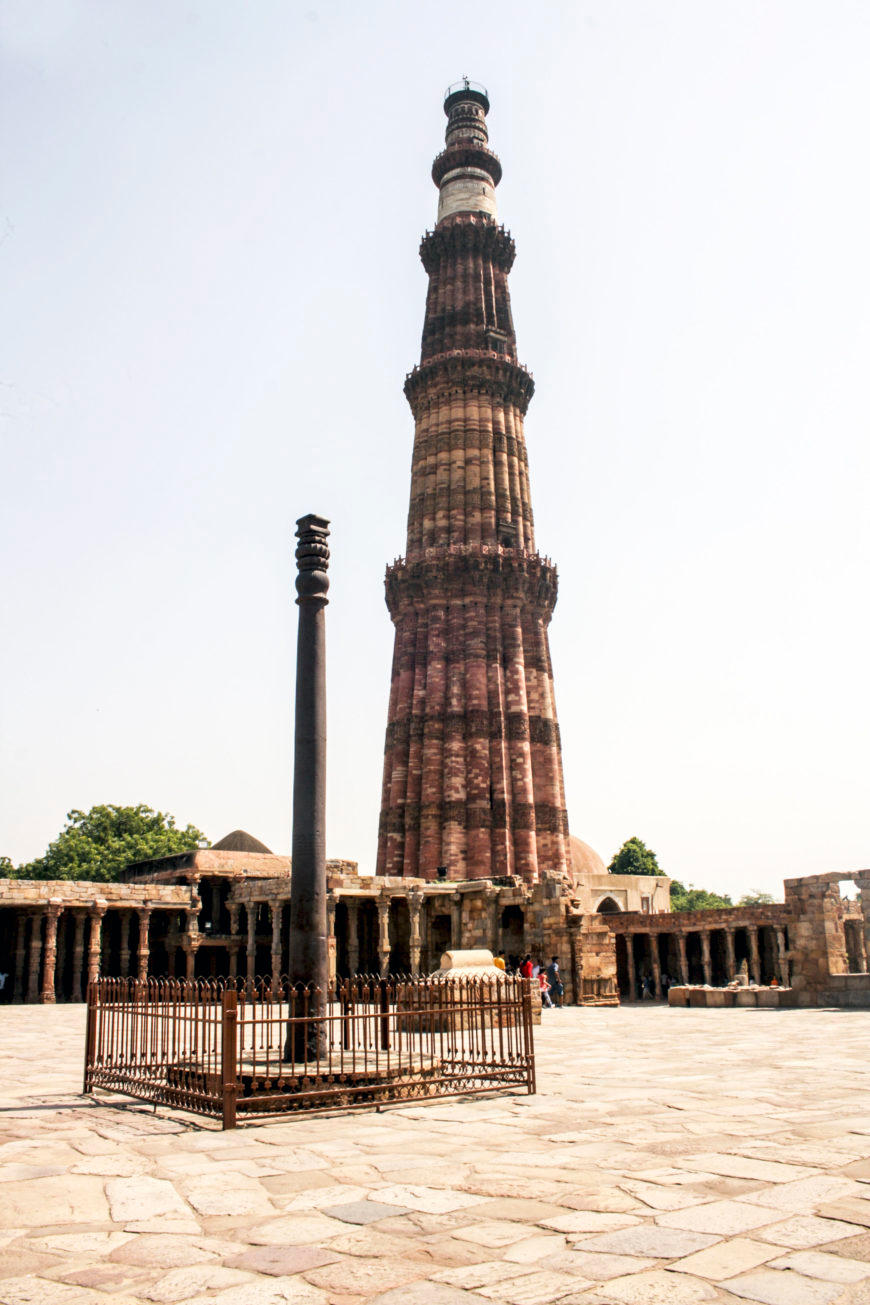
The Qutub Minar is perhaps the most famous landmark of the Delhi Sultanate period. Built-in 1190 CE, it is the tallest brick minaret in the world, and it is an important example of Indo-Islamic architecture. The Qutub Minar was commissioned by Qutbuddin Aibak, and its construction was continued by his successors.
Hazrat Nizamuddin Aulia Dargah:
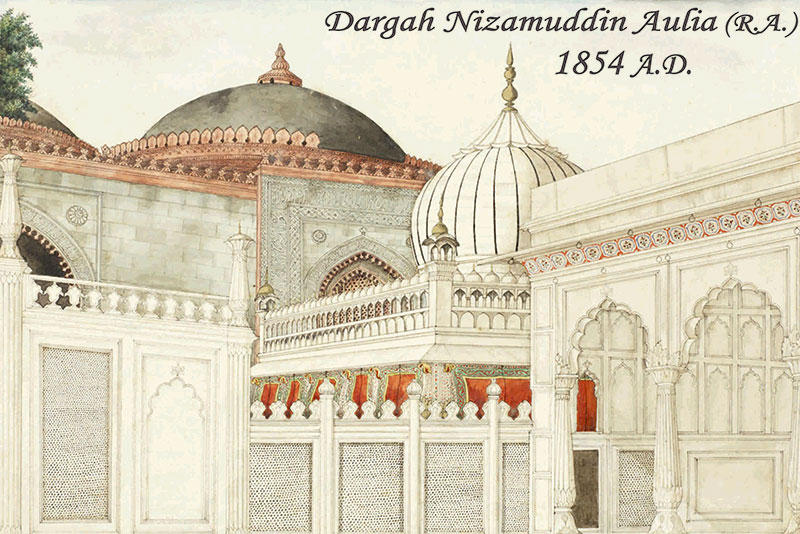
The Hazrat Nizamuddin Aulia Dargah is a tomb complex that was built in the 14th century CE to honour the Sufi saint Nizamuddin Auliya. The complex includes a mosque, madrasa, and tomb, and it is noted for its beautiful Indo-Islamic architecture.
Tughlaqabad Fort:
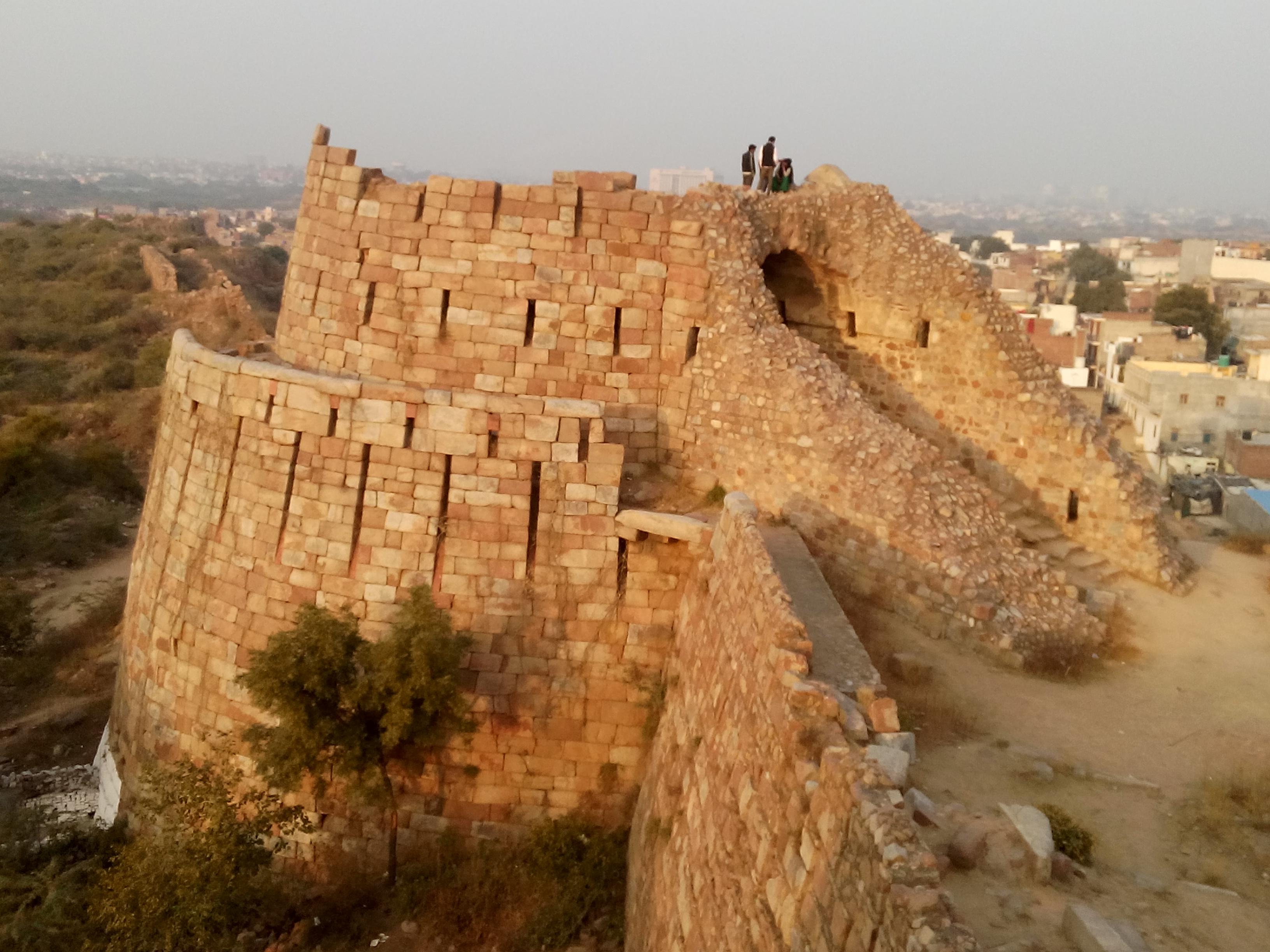
The Tughlaqabad Fort is a large fort that was built by Ghiyath al-Din Tughluq in 1321 CE. The fort is an important example of Delhi Sultanate military architecture, and it includes several defensive features, such as walls, gates, and towers.
Lodhi Garden:
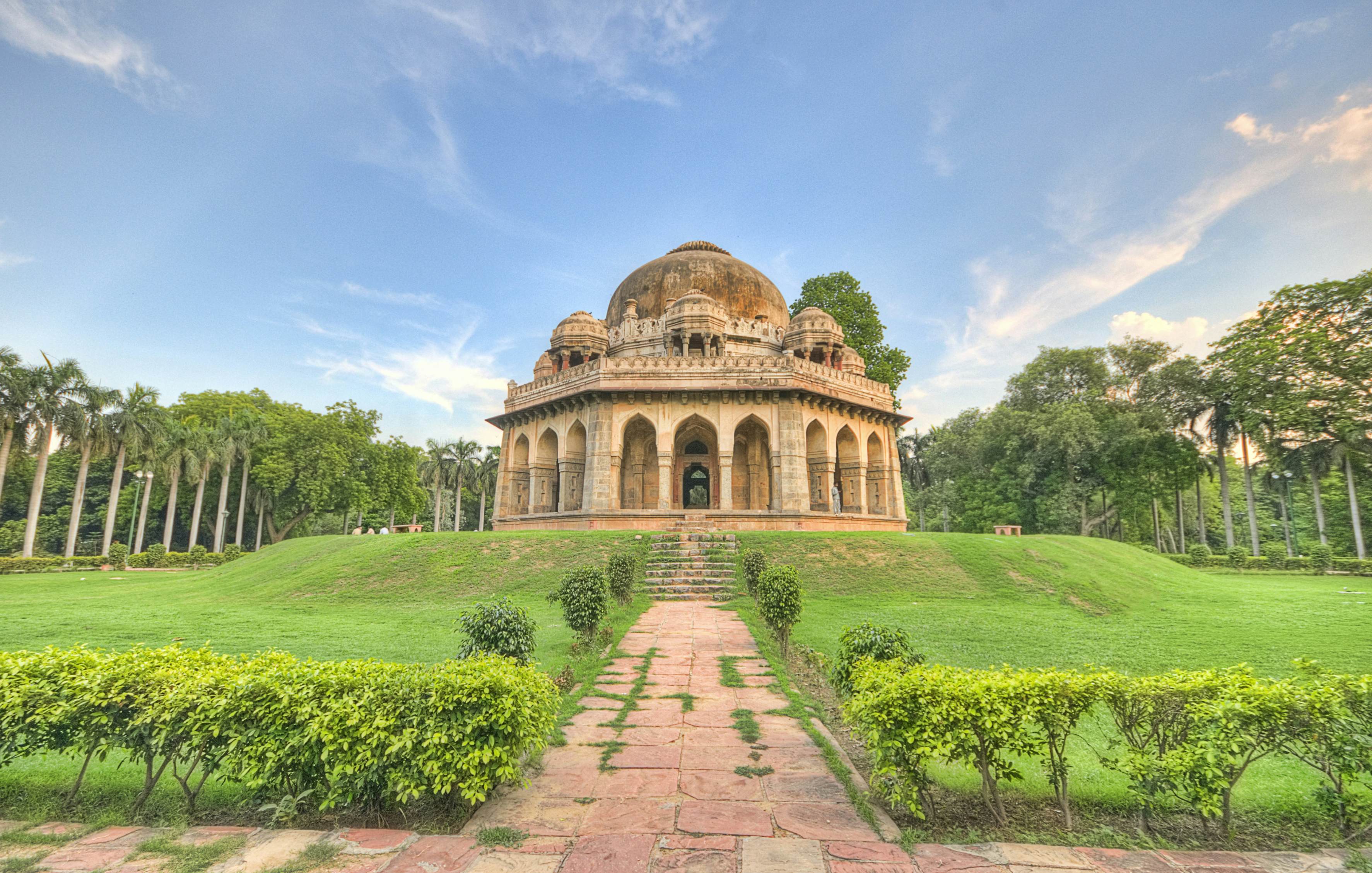
The Lodhi Garden is a large park that was built by the Delhi Sultanate ruler Sikandar Lodi in the 15th century CE. The garden is noted for its beautiful architecture, and it includes several Islamic monuments, such as the tomb of Muhammad Shah (ruled 1434-1445 CE).
You may also read: Indian Architecture- Post Mauryan Art and Architecture
Indian Architecture- Mauryan Art And Architecture
Find More General Studies News Here


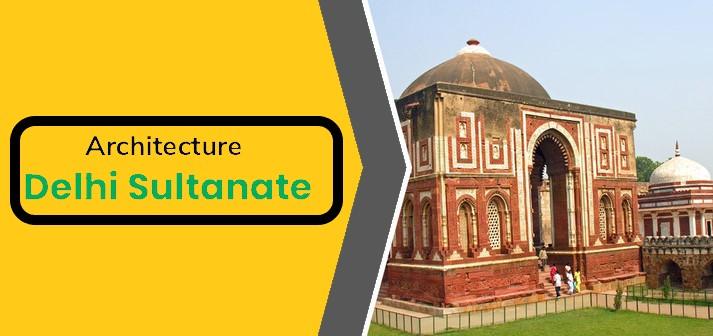
 Indian Olympic Medal Winners List Till N...
Indian Olympic Medal Winners List Till N...
 Who is the Inventor of the Gramophone?
Who is the Inventor of the Gramophone?
 HS Dhaliwal Appointed New DGP Of Andaman...
HS Dhaliwal Appointed New DGP Of Andaman...
